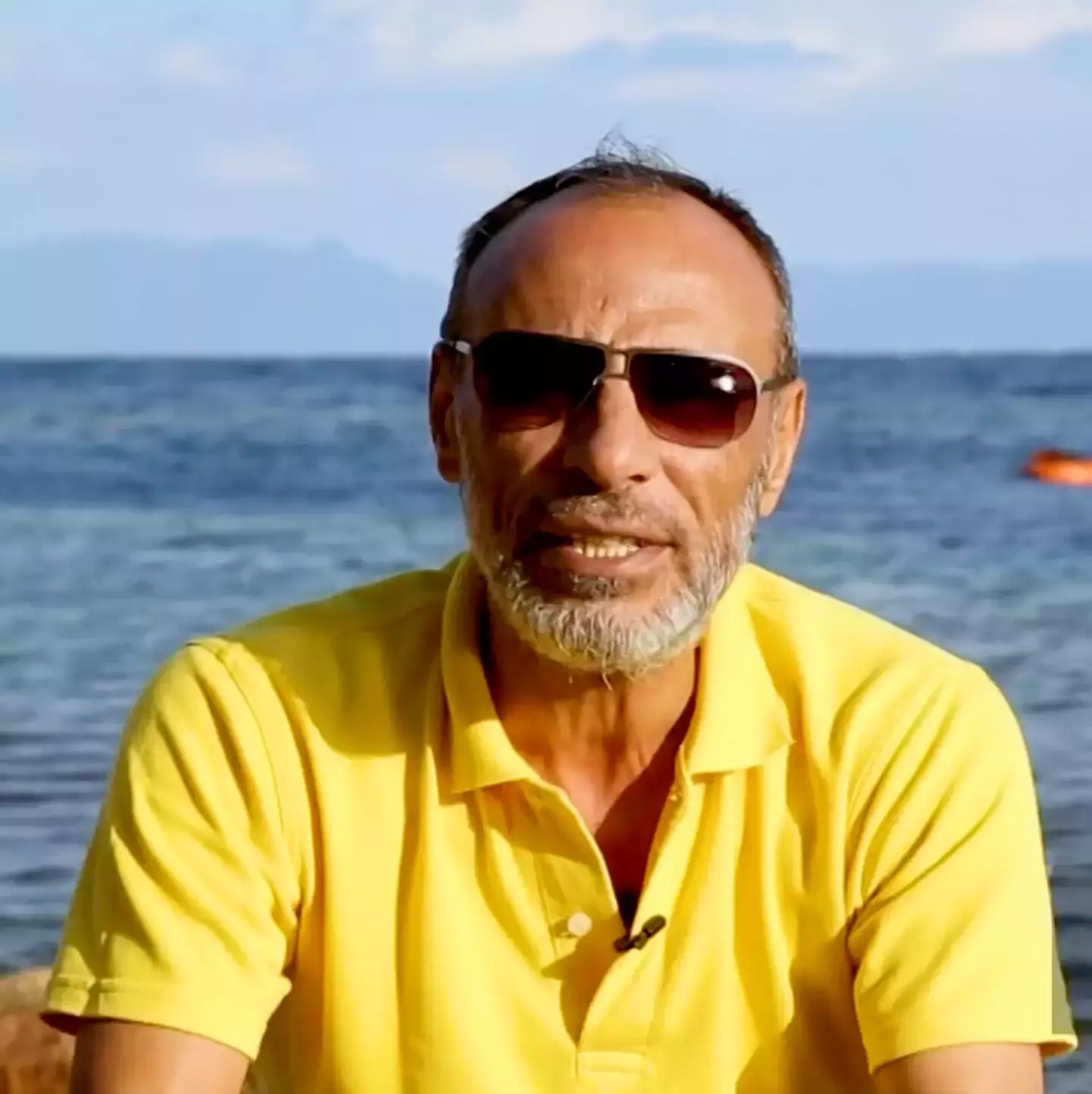
One of the most famous and tragic diving accidents ever happened in a popular diving spot more than 20 years ago, after warnings from a diving trainer not to proceed.
Yuri Lipski was a Russian-Israeli diver that went diving at the infamous Blue Hole, located on the coast of Egypt, in the Red Sea, on 28 April 2000.
Unfortunately, he would never surface again.
The extreme sport/activity cost Lipski his life, but somehow, the camera he had on his helmet was recovered, as both had somehow remained intact.
Chilling footage was found on the camera, showing Lipski's final moments before suffering an untimely death.
Advert
After reaching a depth of 91 metres, it is believed that the diver passed away, as the intense pressure this far below sea level causes people to experience a health condition known as nitrogen narcosis, according to scientists.
A YouTube video was posted to the channel 'Cave exploring disasters', covering all the incident, including events before, during and after the fateful dive in 2000.

Nitrogen narcosis can cause divers to feel euphoric, feel confused, experience hallucinations, or even go through a loss of judgement.
Undergoing this at sea level is already quite bad, but going through this underwater, where you don't have your bearings, can cost your life.
Advert
Upon arriving in Egypt, Lipski met with technical diver Tarek Omar, and the man known as 'The Elder Diver' warned him against taking the dive at all.
Lipski had told Omar that he wanted to record a video of the Blue Hole arch.
"I said ‘OK, so you’ll need two weeks’ training with me first, and then we’ll film,’” Omar told The Guardian in 2017.
However, because he only had a weekend in town, Lipski turned down his offer and went on the dive alone.
His body was later recovered by Omar the following morning.
Advert
And tragically, Lipski's is not the only body that the diver has had to recover from the site.

It's been estimated that as many as 200 people have died at The Blue Hole.
“Recovering bodies is a case by case thing; I do it pro bono." he told Scene Arabia.
“It is a very critical and difficult thing to do – it requires more than just being a technical diver, it takes more than experience. It is very hard because you dive deep and you stay down to locate the remains."
Advert
The Blue Hole is a hugely popular place for scuba divers. It is a submarine sinkhole, which shelves off extremely quickly and is very near to the shore.
It drops down to a depth of around 100 metres at its deepest, and has two connections to the ocean.
And the deadly spot was recently the subject of new Netflix documentary, The Deepest Breath.
The documentary tells the story of two free divers, Alessia Zecchini and Stephen Keenan, as they team up to break world records in the sport.
Tragically, Keenan lost his life while saving Zecchini.